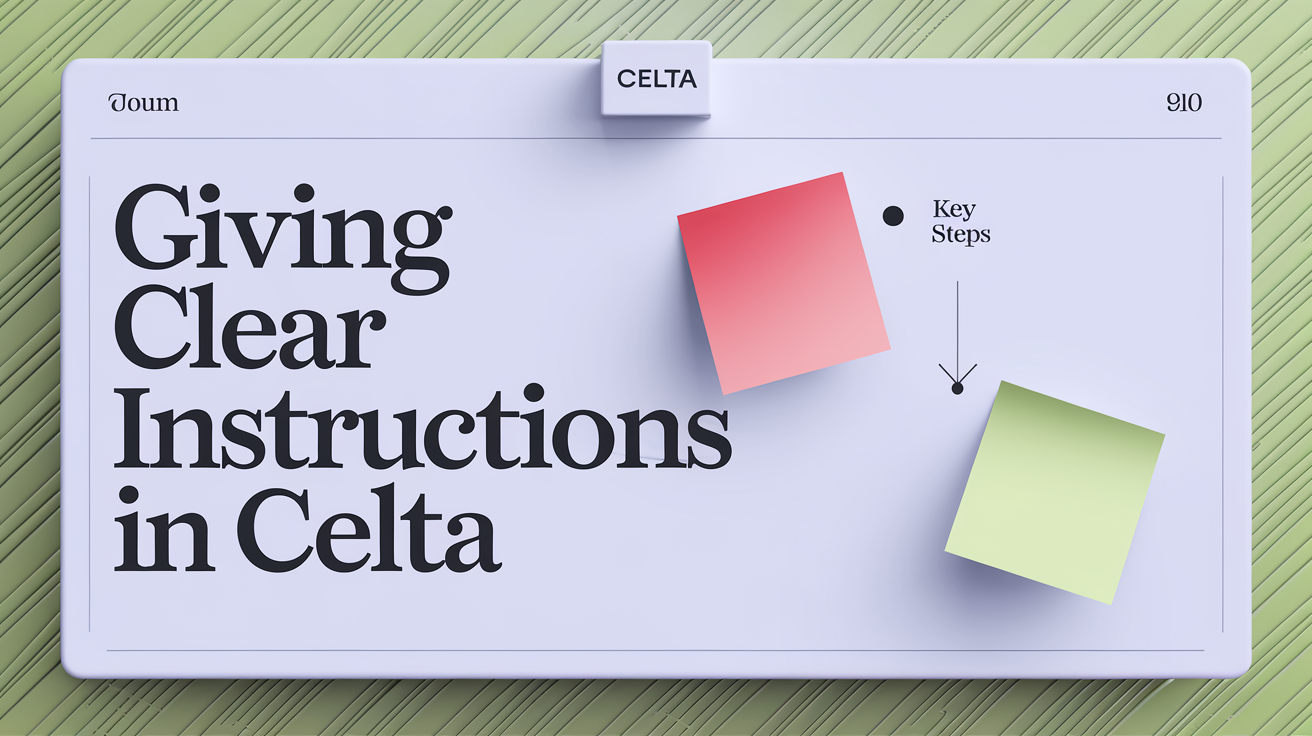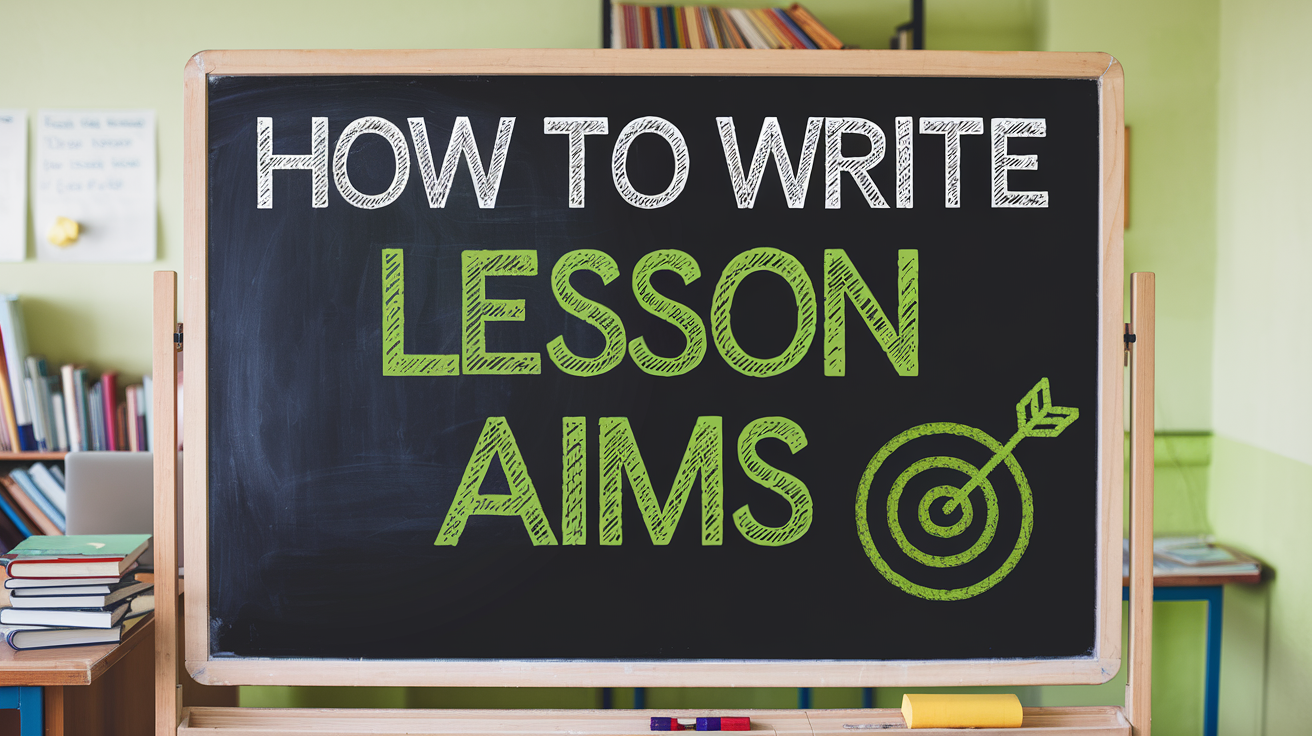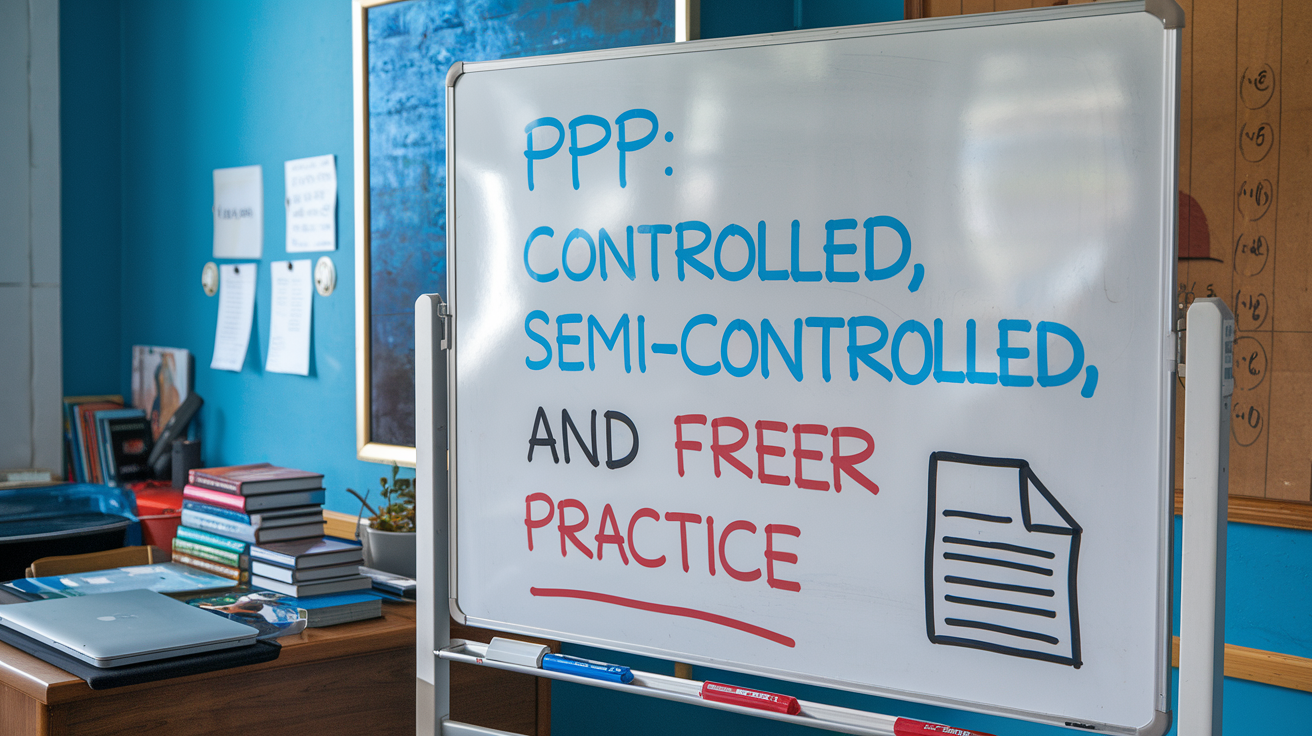
Table of Contents
Introduction
Every teacher knows that first impressions matter. When it comes to teaching English, starting your lesson on the right note can set the tone for an engaging and productive class. This is where lead-in activities come in. A well-crafted lead-in is like an opening scene of a good movie—it grabs students’ attention, piques their curiosity, and makes them want to know more. In this post, we’ll explore what lead-in activities are, why they’re important, and how you can use them effectively in your English language classroom.
lead-ins help activate students’ prior knowledge, making it easier for them to connect new information to what they already know.
Why Are Lead-In Activities Important?
1. Activating Prior Knowledge
In my experience, lead-ins help activate students’ prior knowledge, making it easier for them to connect new information to what they already know. This connection helps reduce anxiety, particularly for students who may feel unsure about new material, as it allows them to start with something familiar. For example, if you’re about to teach a lesson on travel vocabulary, a lead-in could involve students sharing a favorite travel experience. This brings relevant words and ideas to mind and makes students feel more prepared for what’s coming next.
2. Setting the Context
I always advise my CELTA trainees that effective lead-ins set a clear context for the lesson, providing students with a reason to learn. By giving them a taste of the topic, you’re not only previewing what’s to come but also helping them see the relevance of the material. I always advise my CELTA trainees to explicitly point out how the lead-in links to the lesson aims to make sure students understand its purpose. This can increase motivation as students understand why the content is worth their time and effort.
3. Engaging Students
In my experience, perhaps the most important role of a lead-in is to engage students. A good lead-in sparks curiosity, raises questions, and encourages participation. I always advise my trainees to think of lead-ins as the ‘hook’ that reels students into the lesson and creates a desire to learn more. It provides an emotional hook that draws students in, which can be particularly helpful when dealing with topics that might otherwise seem dry or challenging.
Examples of Effective Lead-In Activities
1. Discussion Questions
Starting with a thought-provoking question is a classic lead-in technique. For instance, if your lesson is about technology, you might ask, “What’s one piece of technology you can’t live without, and why?” This invites every student to share their opinion and creates an opportunity for authentic communication.
2. Visual Prompts
Using images can be a powerful way to introduce a topic. Show a picture related to your lesson theme and ask students to describe what they see or predict what the lesson might be about. For a lesson on environmental issues, you could display a striking image of deforestation or pollution to get students talking.
3. Personal Stories
Encouraging students to share personal experiences that relate to the lesson topic can be a great way to build engagement. For example, before a lesson on food, you could have students share their favorite dishes or describe a memorable meal. Alternatively, you could bring in a few common food items and ask students to guess their names or discuss how they are used in different cuisines.
4. Mini-Games or Quizzes
A short game or quiz can also serve as an excellent lead-in. For example, for a lesson on adjectives, a quick game where students describe a famous person using as many adjectives as they can think of can warm them up and create a positive learning environment.
5. Brainstorming
Another effective lead-in is to have students brainstorm ideas related to the lesson topic. For example, if the lesson is about travel, you could ask students to brainstorm different modes of transportation and write them on the board. This not only activates prior knowledge but also provides a visual reference that can be used later in the lesson.

Common Pitfalls CELTA Trainees Make During the Lead-In
While lead-ins can be incredibly effective, CELTA trainees often make some common mistakes that can limit their success. Here are a few pitfalls to watch out for:
1. Spending Too Much Time on the Lead-In
In my experience, one of the most frequent mistakes CELTA trainees make is letting the lead-in run too long. It’s easy to get caught up in an interesting discussion, but this can take valuable time away from the main part of the lesson. I always advise my CELTA trainees to set a timer or use visual reminders to ensure they keep the lead-in within the planned timeframe. A lead-in should be brief and focused—ideally around five minutes.
2. Lack of Clear Connection to the Lesson
I always advise my CELTA trainees to avoid choosing a lead-in activity that doesn’t clearly connect to the lesson topic. The purpose of the lead-in is to set the context and prepare students for what comes next. If the activity feels unrelated, students may be left confused or disengaged.
3. Not Engaging All Students
Sometimes, trainees focus on a few enthusiastic students during the lead-in, leaving others out. I always advise my CELTA trainees to design lead-ins that involve everyone, either by encouraging pair work or group work or ensuring that each student has an opportunity to participate.
4. Overcomplicating the Activity
In my experience, lead-ins should be simple and easy to understand. I always tell my CELTA trainees that if a lead-in requires more than a minute to explain, it’s likely too complicated and needs to be simplified. Trainees sometimes choose activities that are too complex, requiring lengthy explanations. This can lead to confusion and waste of time. The goal is to quickly engage students, not to overwhelm them with complicated instructions.
5. Not Linking to Students’ Prior Knowledge
An effective lead-in activates what students already know about the topic. Trainees sometimes miss this opportunity and jump straight into new material without helping students make connections. I always advise my CELTA trainees to try to tap into students’ existing knowledge or experiences to create a smooth transition into the new lesson content. This approach not only helps students feel more confident but also makes the material more meaningful and memorable.
Tips for Successful Lead-Ins
- Keep It Short: A lead-in should be brief—enough to engage students but not so long that it takes away from the main lesson.
- Connect to the Lesson: Make sure your lead-in clearly links to the topic of the day. It should be a bridge, not a detour.
- Encourage Interaction: Choose activities that encourage students to speak, share, and get involved. The more interaction, the better the lead-in will work to set the tone.
- Be Flexible: Not all lead-ins work for all groups. Be prepared to adapt your lead-in based on your students’ mood, interests, and energy levels on that particular day.
Lead-in activities are an essential part of an effective English language lesson. They activate students’ prior knowledge, set the context, and engage learners from the outset. By investing a few minutes at the beginning of each lesson in a thoughtfully designed lead-in, you can create a more dynamic and focused classroom environment—one where students are eager to participate and ready to learn. Next time you plan a lesson, think of your lead-in as your opening scene: make it interesting, make it relevant, and watch your students get hooked.
Learn More about teaching with my “CELTA Prep” course. This online course, created by experienced CELTA trainer Ahmad Zaytoun, offers practical strategies to help you prepare for CELTA. The course is useful whether you’re a CELTA trainee or an experienced teacher who wants to revise.










0 Comments